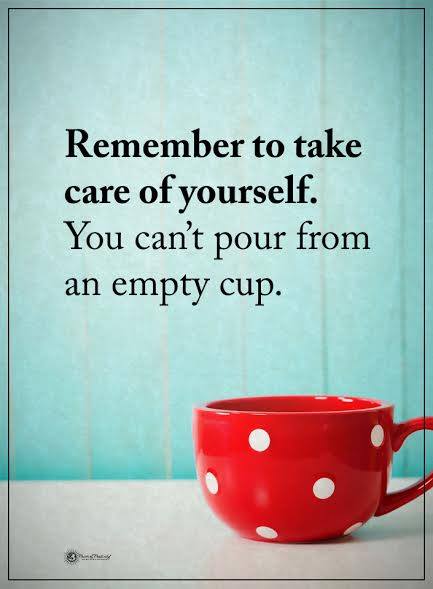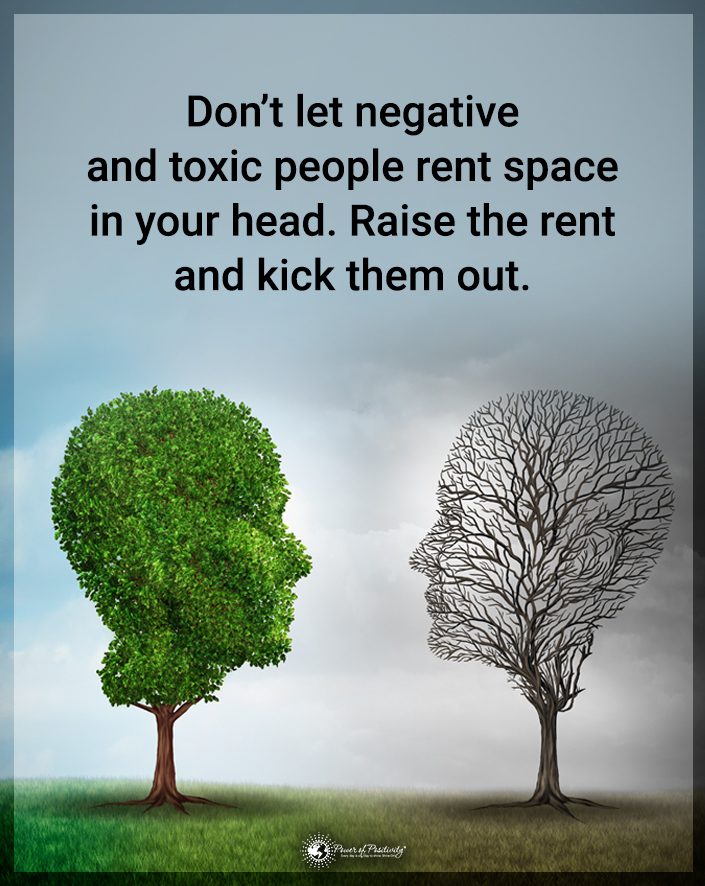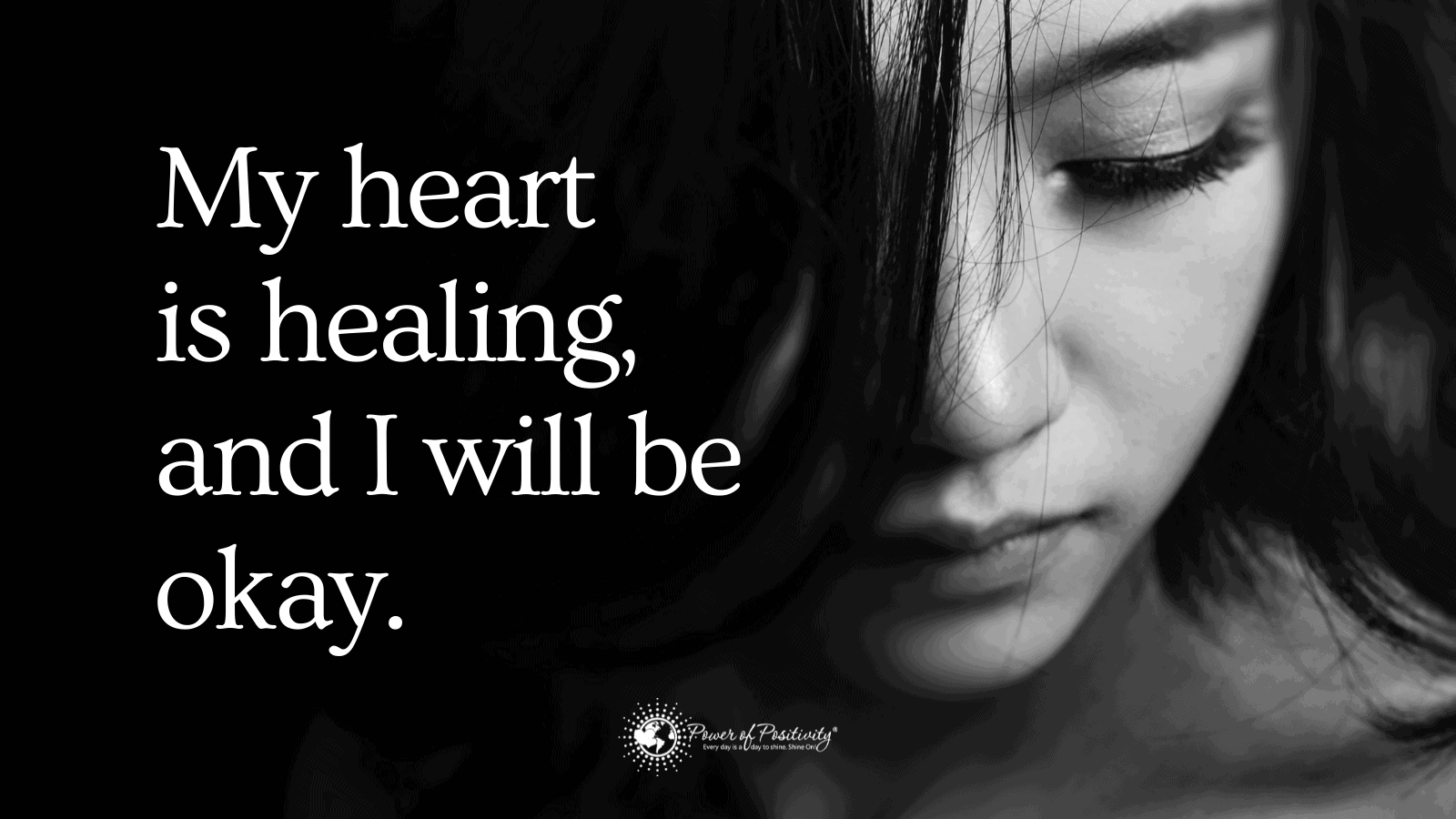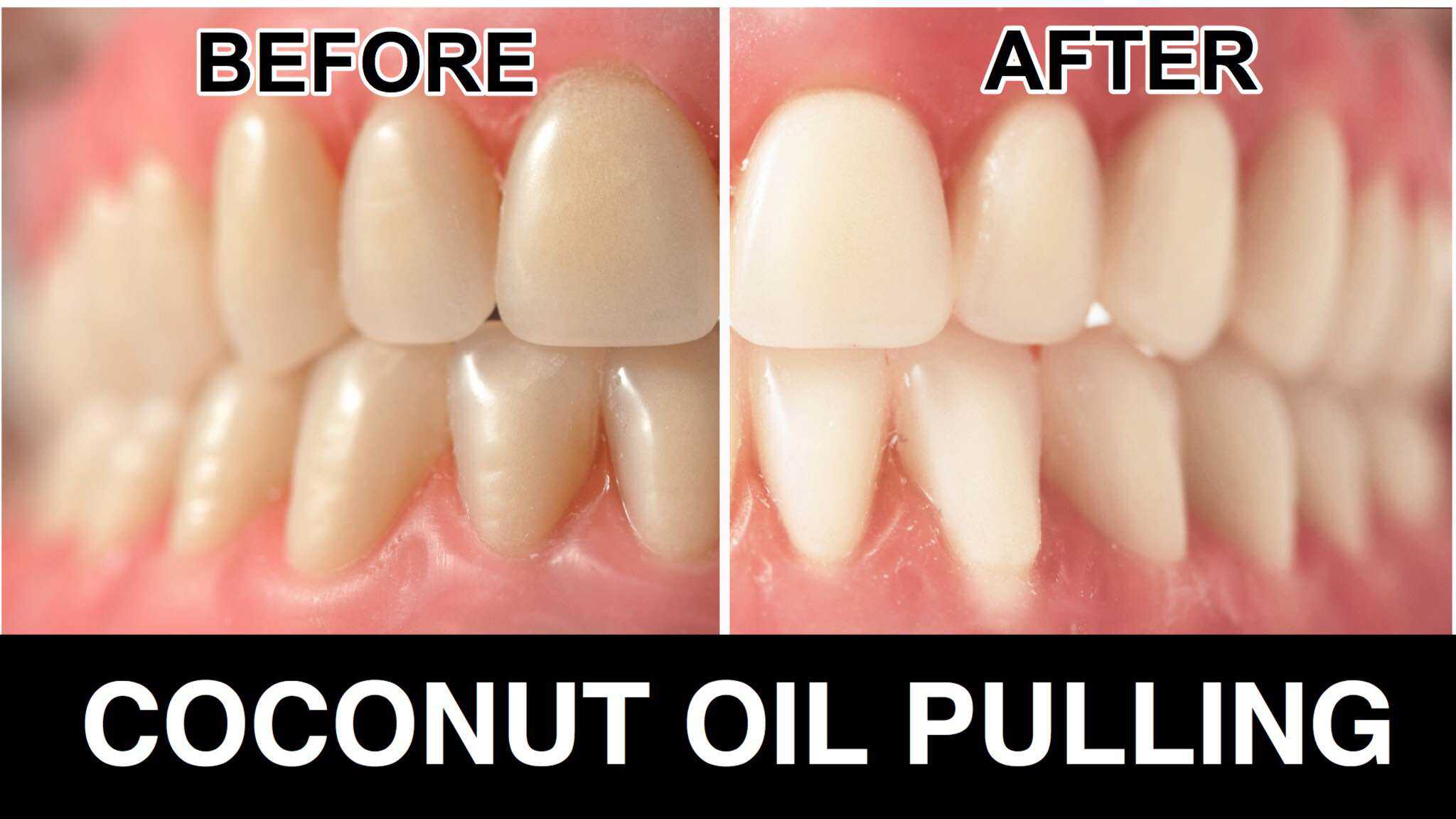“After women, flowers are the most lovely thing God has given the world.” ~ Christian Dior
One of the tragedies of being human is that serious illness or disease is always a possibility. While we may be able to control what goes on inside our bodies to some extent, we can’t account for every variable in this respect.
Which brings us to our female companions. While women serve in numerous societal capacities, it’s fair to say that women are the caretakers and nurturers of humankind.
It is an unfortunate truth that women are susceptible to more health issues than are men. Women, after all, are biologically hardwired to reproduce. Additionally, women continue to face marginalization in what is, to date, the domination of men in maintaining global society’s overarching framework.
Both of the above facts may help explain why women are more likely to suffer from a mental health disorder. Consider, for example, that females experience severe psychological distress (SPD) at a rate of more than five times that of men. These statistics are worrisome, especially since the relationship between psychological and physical well-being has been well documented.
Let’s discuss a few warning signs – and possible solutions – of six female-dominated health issues:
1. Severe Head Pain
The chances are that severe, throbbing-like pain in your head stems from a migraine. However, if the pain is not joined by some other migraine-related symptom (e.g., visual distortions, sensitivity to light, blurred vision, etc.), then you should consider it a medical emergency and act accordingly.
Arterial bulges occur in about 5 percent of women; the effects of which can be life-threatening. The bursting of an artery in the brain can cause possibly permanent damage within just minutes. Call 911 or your country’s emergency number right away.
Possible Solutions: See a doctor ASAP for prompt treatment; if you smoke, cut back or quit, and monitor your blood pressure regularly.
2. Constant Gas or Bloating
Notice the word ‘constant’ here. Many women feel like an overblown balloon at times – mainly before menopause. However, if you experience near-constant bloating, abdominal pain, pelvic pain, and difficulty eating for longer than 2-3 weeks, see your doctor or gynecologist. Ovarian cancer occurs in about 1 in 70 women – and the abovementioned early symptoms are commonly reported.
Possible Solutions: Cut back or eliminate trouble foods; ensure that you’re adequately hydrated; get plenty of quality rest. If none of these work, see a doctor.
3. Extreme Fatigue
Chronic fatigue syndrome (CFS) is defined by Healthline as: “a debilitating condition characterized by extreme fatigue or tiredness that doesn’t go away with rest and can’t be explained by an underlying medical condition.” CFS occurs in women 3 to 5 times more frequently than men.
Symptoms of CFS include headaches, enlarged lymph nodes in the armpits or neck, brain fog, and loss of memory. If you experience progressive joint pain or are feeling depressed, it is recommended that you see a doctor.
Possible Solutions: Practice good sleep hygiene; get some light exercise; try mindfulness meditation; take an antioxidant-inclusive vitamin supplement; supplement with B-vitamins, magnesium, and zinc. If these measures fail, see a physician.
4. Facial Rashes and Swelling
Lupus is a chronic autoimmune disease that can damage a number of organs and creates a variety of symptoms. 90 percent of individuals diagnosed with Lupus are women. Often, rashes on the face; and swelling of the feet, legs, hands, and eyes are among the first physical symptoms.
Possible Solutions: If you experience any of the following symptoms, schedule an appointment with your physician: fever, fatigue, hair loss, trouble breathing, kidney inflammation, and gastrointestinal problems.
5. Lump in the Breast or Underarm
Per WebMD, the early stages of breast cancer often produce no symptoms, however, “As a tumor develops, you may notice … a lump in the breast or underarm that persists after your menstrual cycle.” Breast cancer is the leading cause of cancer deaths among women ages 15 to 54.
Other symptoms of breast cancer include: breast pain, skin irritation, skin dimpling, swelling of all or part of the breast.
Possible Solutions: Per the Mayo Clinic, the seven steps to reduce the risk of breast cancer include: regular exercise, moderating alcohol intake, not smoking, limiting hormone therapy, and avoiding exposure to environmental pollution and radiation.
6. Back pain and Inflammation
While back pain and inflammation are arguably more common in men, complications from these symptoms are often more severe in women. For example, females are more likely to have a disk that presses on the spinal nerve and suffer from nerve damage.
When it comes to severe back pain, it is wise to seek the advice of a specialist. After all, if you go to the family doc, they’ll probably refer you to one, anyways! Additionally, the latter group is notorious for prescribing painkillers without addressing the underlying issue.
Possible Solutions: Reduce inflammation by taking NSAIDs; eat a balanced diet; avoid inflammatory foods; stretch the back area to the extent possible; do not engage in heavy physical activity.
https://youtu.be/7BNGVmwxoHI













